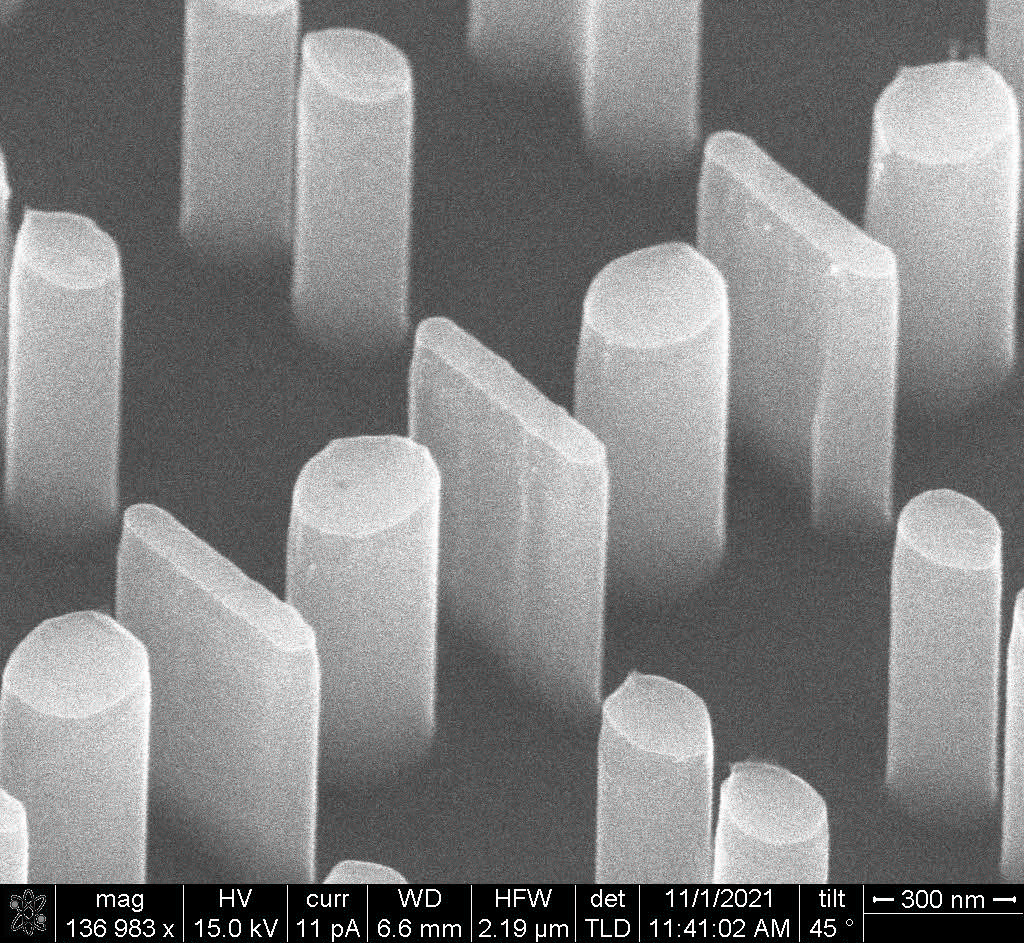
Built in quality control to make quantum tech more reliable
One of quantum technology’s most powerful tools is interference, in which two or more identical particles interact in surprising ways – sometimes adding together, but sometimes subtracting from each other.
This property can be used for quantum computing, communication and encryption, but only if the interacting particles are identical - but achieving that can be a significant challenge.
Thanks to ANU physicists, a new technology reported in Optica is set to effectively address this challenge, making light-based quantum technologies more accurate and efficient.
Time-consuming calibration and regular downtime will now be a thing of the past: the new device can provide error-checking on the fly. This is because it is a single unit, only a fifth of a millimetre square, and a thousandth of a millimeter thick, and it can be built into the quantum technology, said co-lead author Dr Jinyong Ma.
“We achieved this task using a single optical element without any reconfigurable elements – a metasurface, which is ultra-stable and does not need any feedback control,” said Dr Ma, a member of the Electronic Materials Engineering Department (EME) and TMOS, the ARC Centre of Excellence for Transformative Meta-Optical Systems.
“Feedback from the real-time measurement can be used to control the system to correct potential turbulence in photon indistinguishability.”
The device could be especially useful where size, weight and power efficiency are considerations, for example in portable quantum systems, or on satellites.
During regular operation of a quantum system, thermal and mechanical drift can affect the photons’ properties, such as polarisation, frequency, phase or arrival time, which compromises interference that relies on indistinguishability.
Until now, error-checking meant regularly taking the system off line and feeding the signal into an interferometer, made up of multiple bulky components, and calibrating the light over multiple shots with different phase or time delays, said co-lead author Dr Jihua Zhang, from EME and TMOS.
“This metasurface-enabled multiport interferometer can determine if a photon pair’s properties are identical in a single shot. It doesn’t need multiple measurements using phase or time delays because the multiport structure allows the device to run measurements concurrently.”
Metasurfaces are thin materials patterned with arrays of structures smaller than the wavelength of the light they interact with. The characteristics of the arrays enable many different electromagnetic interactions to be amplified or suppressed.
The team chose to design a multiport interferometer, effectively a grating through which the researchers send the two photons to be compared. As they pass through, they interfere in three output ports and generate three coincidence signals, which are related to the similarity of the input photon pair.
The team used an inverse design algorithm using multi-factor topology optimization to find a pattern that would give them the interference they needed to create the required interferometer. The final design featured a regular pattern in silicon of various oval pillars and a wall with rounded ends.
After successful simulations, fabrication and a one-off calibration, the team were able to successfully characterise the similarity of the photons’ spatial mode, polarization and spectra.
The device could be improved to measure more properties of photons said the leader of the research Professor Andrey Sukhorukov, also from EME and TMOS.
“The success of our experimental trials suggests that the work could be further developed to also measure the indistinguishability of other photon properties, such as orbital angular momentum,” he said.
This article was first published by ANU Physics.
